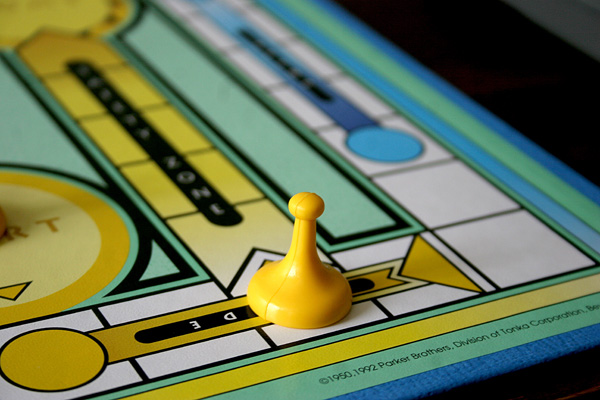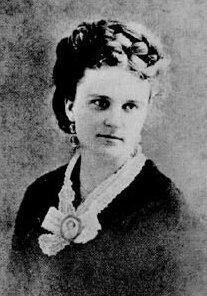
I decided that instead of having yet another lazy Sunday, I would venture out to the Canada Science and Technology Museum and see what it was all about. Unlike a lot of the other museums in Ottawa, this one isn't centrally located, so I had to take a bus I'd never taken before to get to the Museum, which ended up working out quite well. The ride to the museum wasn’t too long at all and it probably took me under 40 minutes to get there; from the minute I left my house to when I set foot on the grounds of the museum.
My only issue was that I had to walk to the museum from the bus stop and there was really no sidewalk that went to the museum. There was also no signage that indicated I was going in the right direction. I could see “Technology Park” from across the street; it had a windmill, train, and giant rocket, among other things. I didn’t really feel like running through the park to find the museum, which I correctly assumed was at the opposite end of the park. I finally crossed the street and decided I’d walk on the grass on the side of the road that I was pretty sure led to the museum. I knew I was going the right direction because the grass had a little path that was trampled, from other people walking on it to get to the museum.

It was only a 5 minute walk and once I got past the trees I could see the museum. It was in a very low one story building and looked very industrial to me. How appropriate for a museum devoted to science and technology. I went in to the front desk, showed my museum employee pass and got in for free. The girl at the desk gave me a map that I could not make sense of, so I decided I’d just go in and make my own way around.
The museum was basically a free-for-all, which seemingly no direction to go in and no noticeable “flow” of exhibits. I usually like to read the every panel of text, but in this museum, I knew I would be reading very little text due to sheer boredom. The first little section was about Canadian innovations which was interesting. Again, it seemed like the exhibits were haphazardly scattered around and I had no idea where to go next, so I just circled through the areas, seeing what I could. I should also mention that not only was the museum one story, it was also only one huge room, which I think was why I was so confused as to where one exhibit ended and the next one began; there weren’t many walls that clearly divided different areas.
They had a little display on the Titanic, a section on canoes, a section on ships, and a really cool interactive exhibit on Braille, which was probably my favorite part of the museum. It explained who Braille was, explained the Braille alphabet, and the exhibit even allowed people to write words in Braille using wooden pegs that could be inserted into a special board. It also showed vintage and modern typewriters that people used to write Braille, which was something I’d never encountered before and thought was cool. There was a section on space and a section on cars, and there was no shortage of children running around screaming. I overhead one father saying to his toddler daughter, “Can’t I just read about cars from the future?!” who then pressed a button which caused a French voice to begin speaking about cars, at which point she covered her ears and cried, “Too loud!”
The coolest part of the museum was the Crazy Kitchen. It’s a slanted kitchen where everything seems to be on an angle and your mind gets really confused about it and tries to correct the body’s balance. Then you get super dizzy and have to stumble out of the room, like I did. That was a really cool interactive space and I know that lots of people enjoy it as much as I did. I walked quickly through the rest of museum, feeling that I'd learned enough about science and technology to last me at least another year.
All in all I would say that the Canada Science and Technology Museum was not for me, but would certainly appeal to people interested in the subject matter. It offered a lot of neat hands-on exhibits that science-minded people would probably enjoy and think were cool. I found that the gift shop had tons of science related toys and games that tied in with their exhibits, but was disappointed when I couldn’t find any postcards of the museum itself to add to my scrapbook.








